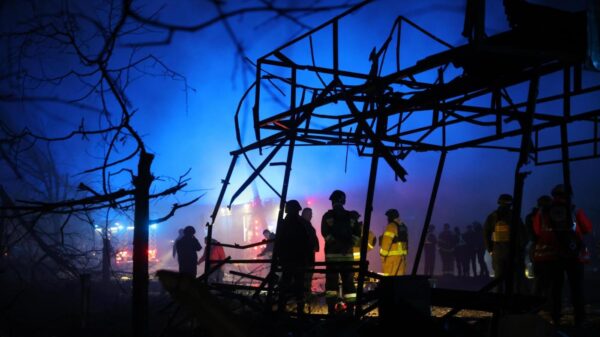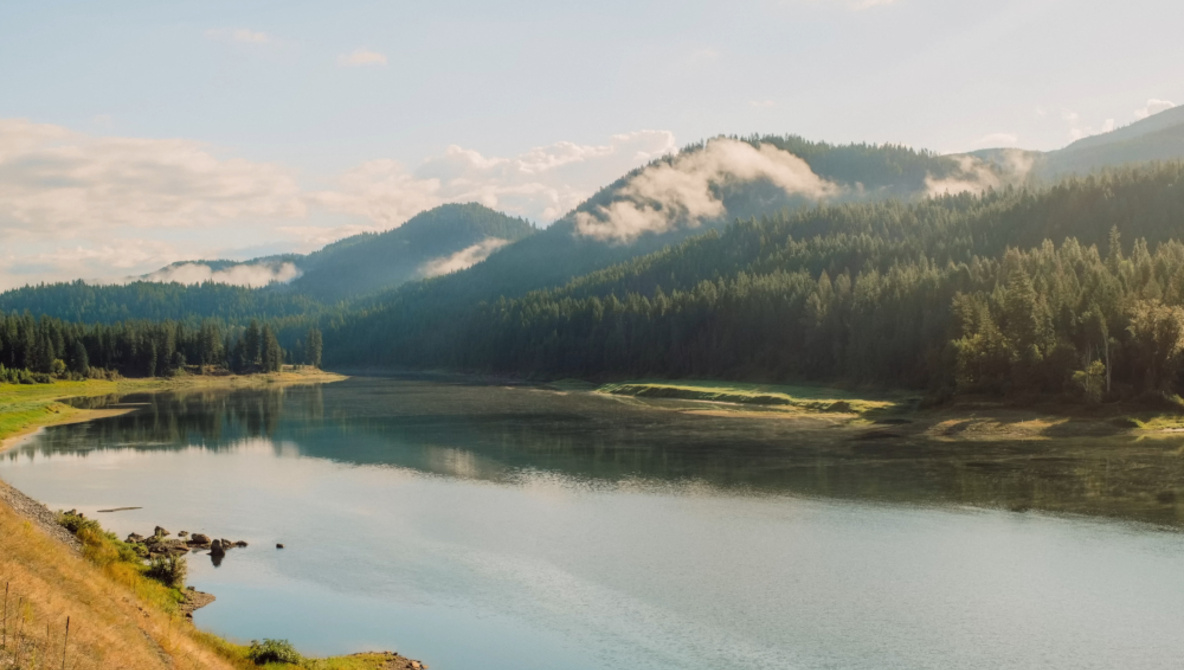The Fujifilm X100VI has emerged as a remarkable compact camera that redefines user expectations in photography and videography. Known for its unobtrusive design, this camera combines powerful features that cater to both still images and video recording, offering a seamless shooting experience. Its standout attributes include high-resolution raw files, internal log video recording, in-body image stabilization (IBIS), and a built-in neutral density (ND) filter, making it unique among its competitors.
This device is highlighted in a detailed review by photographer and meteorologist Alex Cooke, who emphasizes that the X100VI’s features eliminate the common frustrations associated with switching between photo and video modes. Typically, photographers grapple with the inconvenience of attaching and removing ND filters. The built-in filter in the X100VI allows for a fluid transition between shooting stills and video clips, enhancing the overall user experience, especially for those capturing moments on the go.
Key Features and Performance Insights
The X100VI is equipped with a 40.2 MP APS-C CMOS sensor and offers in-body 5-axis image stabilization, which proves invaluable for low-light shooting scenarios. The camera supports DCI 4K and 6.2K video recording at up to 60 frames per second, catering to users who prioritize high-quality video output. Its 23mm f/2 lens (equivalent to 35mm) and expanded ISO range of 125–12,800 (with an option to extend to 64–51,200) further enhance its versatility.
Cooke notes the convenience of the tilting 3-inch touchscreen LCD and the hybrid optical/electronic viewfinder, allowing for diverse shooting styles. Additionally, the camera’s weather-sealing capabilities, when paired with an optional adapter, provide an extra layer of durability, making it suitable for various environments.
Despite its many strengths, the X100VI is not without limitations. Autofocus performance lags behind competitors such as Sony and Canon, particularly in continuous tracking. Furthermore, the fixed 23mm focal length restricts flexibility for videographers who depend on multiple lenses. However, Cooke suggests that for those focused on deliberate, human-centered imagery, this simplicity can inspire creativity by encouraging users to concentrate on composition rather than equipment.
Conclusion: A Personal Camera for Creative Freedom
The Fujifilm X100VI excels in providing an exceptional photographic experience that balances quality and ease of use. Its compact size makes it an ideal companion for family outings, hikes, or personal projects, allowing photographers to capture moments without the encumbrance of professional gear. While it may not replace a full-frame system for professional work, it serves as an excellent choice for enthusiasts seeking a personal camera that encourages creative expression.
For a comprehensive overview of the X100VI’s capabilities, viewers can access Alex Cooke’s full review. His expertise as a photographer, combined with his background in meteorology, offers valuable insights into the practical applications of this innovative camera.



































































